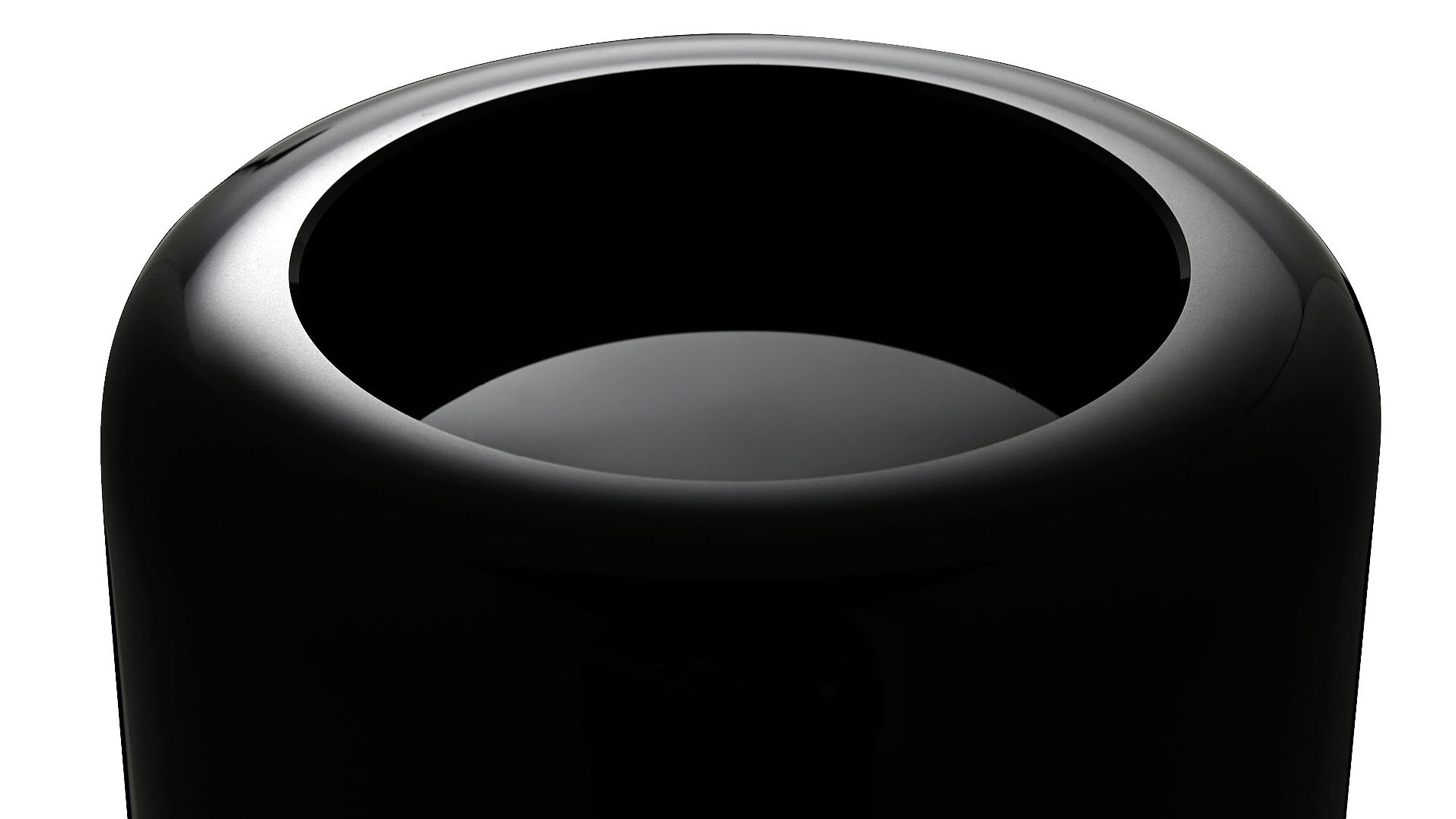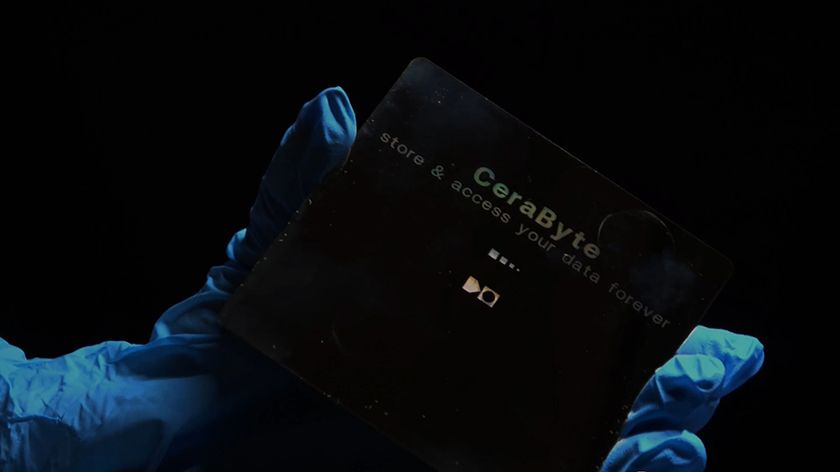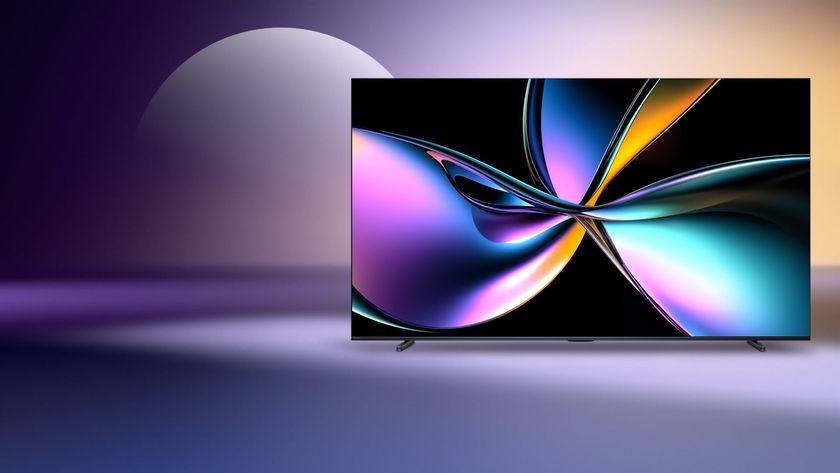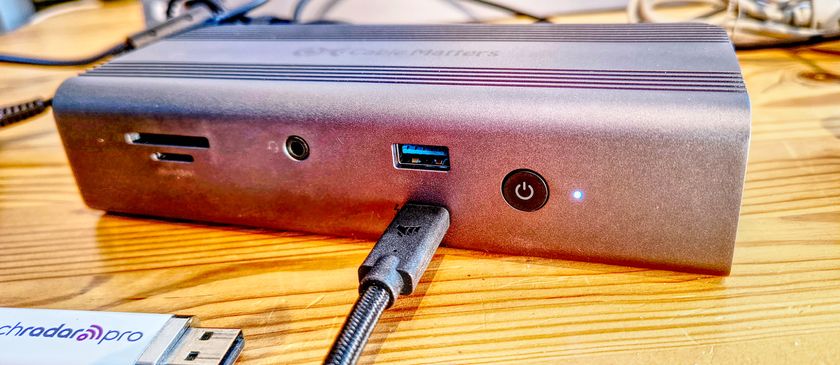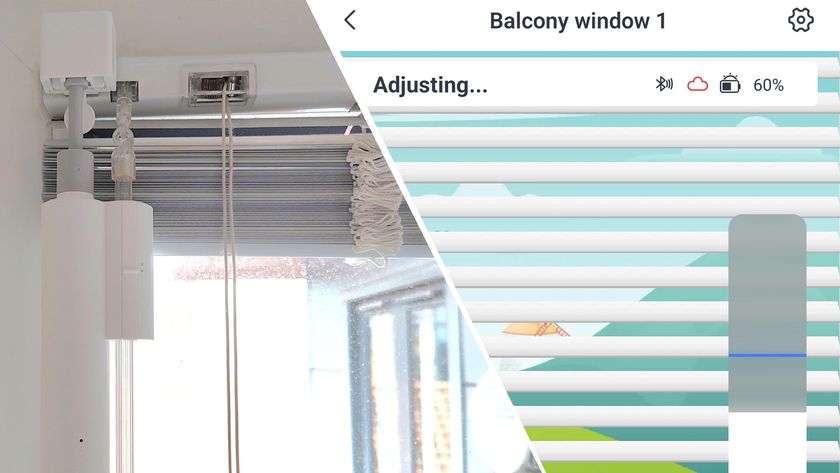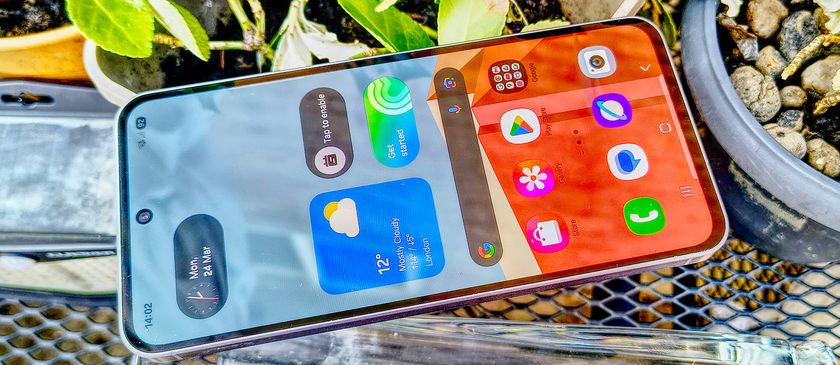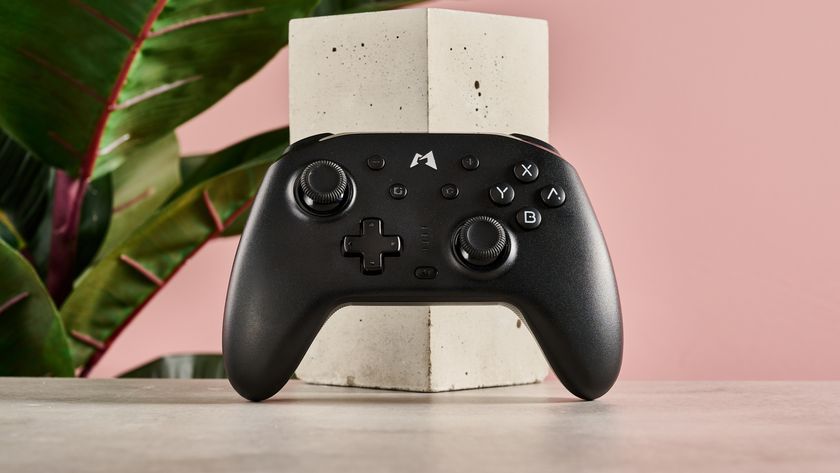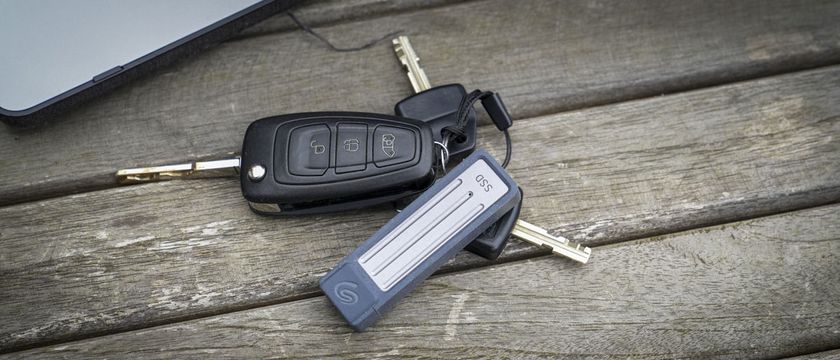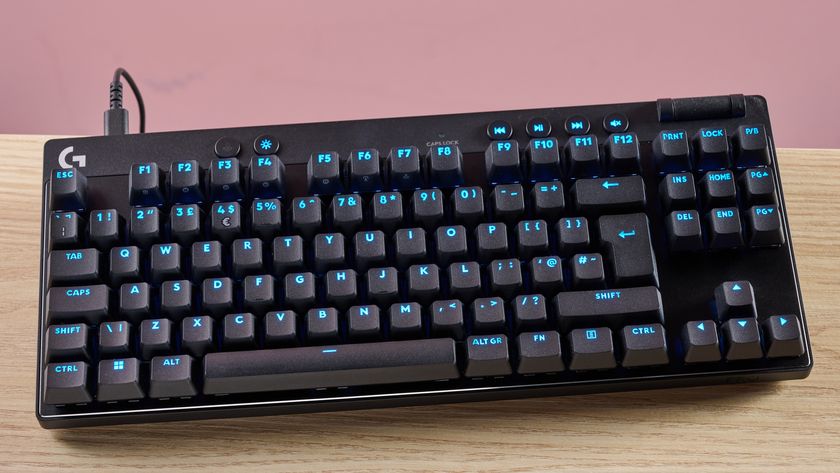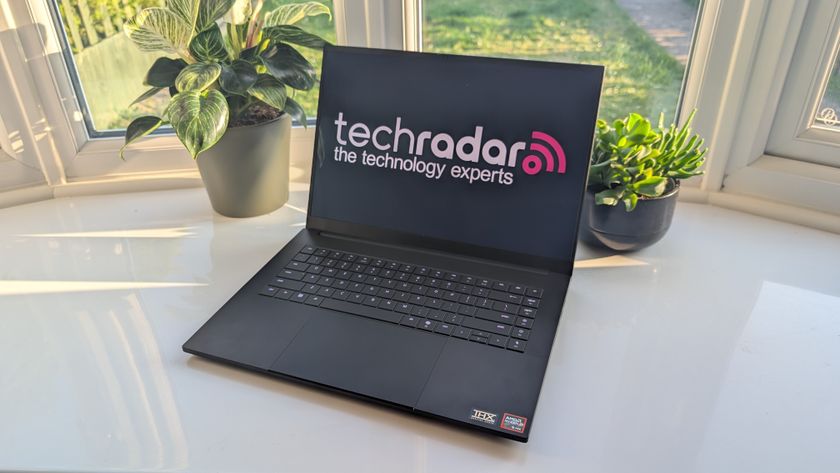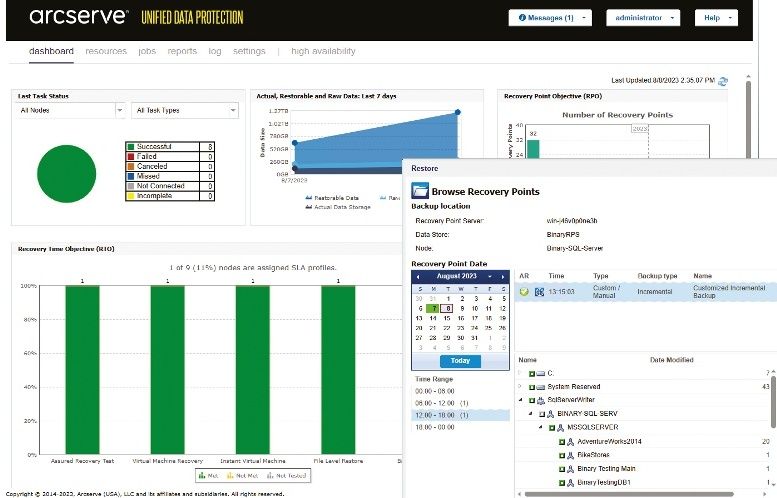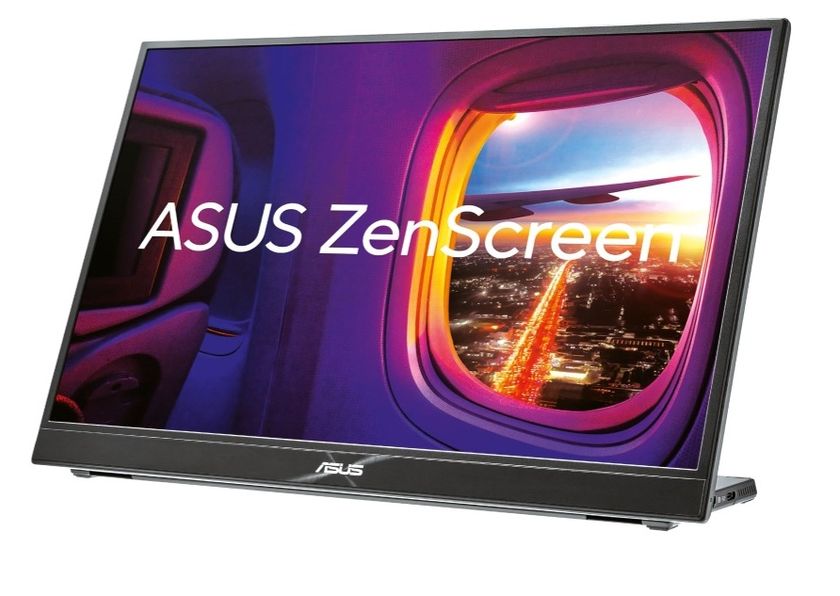TechRadar Verdict
Not everyone needs the workstation-level power and performance offered by the new Mac Pro, but wouldn't you just love one? It's a masterpiece of engineering and suitably expensive. Fresh ideas such as the unified thermal core and backlit expansion ports together with high-performance components combine to make the Mac Pro the ultimate high-end workhorse.
Pros
- +
Stellar design
- +
Lots of expansion ports
- +
Twin GPUs
- +
Incredible performance
- +
Removable SSD
Cons
- -
Few internal expansion possibilities
- -
No bundled keyboard or mouse
- -
No two-processor option
- -
No optical drive
Why you can trust TechRadar
Although it hasn’t seen a makeover in four years and some change, Apple has assured us that a new Mac Pro is still in the works. More specifically, Apple plans to deliver a ‘completely redesigned, next generation’ Mac Pro featuring a high performance, ‘high-throughput system in a modular upgradeable design’ in addition to putting out a new high-end professional grade monitor.
In the meantime, however, there is no shortage of options when it comes to Macs designed for power users. The iMac Pro, for instance, came out as recently as December 2017 and features Intel Xeon processors, AMD Radeon Pro Vega graphics and up to 128GB of RAM.
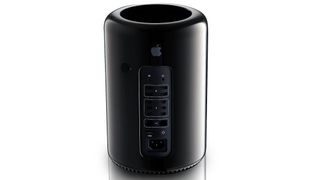
Unfortunately, the iMac Pro does come at a much higher price point than the existing, screen-less Mac Pro that we’ve reviewed here, which can currently be had for $2,999 (£2,999, around AU$3,816) to start.
At just 9.9 inches tall and just over 6.5 inches in diameter, this version of the Mac Pro is an eighth the size of the previous-generation Mac Pro, and only a little over a quarter of the weight. But its smaller size doesn't equal pint-sized performance either.
It features Intel Xeon E5 processors – quad-core or six-core off the shelf. Eight-core and 12-core processors are available as custom options if you buy from the Apple Online Store, but there's no option for two processors.
At the same time, its two AMD FirePro GPUs deliver up to eight times the graphical performance of the previous-generation Mac Pros, though to be fair, when the 2012 Mac Pro went off sale in 2013 due to an amended EU safety regulation, the graphics card it offered was already well out of date.
Unsurprisingly given its compact size and the way Macs have developed over the last few years, storage is solid state. Equally unsurprisingly, there's no optical drive. If you still use CDs and DVDs, you'll have to invest in a USB SuperDrive or similar external disc drive.
Specification
At the heart of the new Mac Pro is the thermal core, a unified heat sink around which the processor board and two graphics processor boards are attached. Where the previous Mac Pro had eight separate fans, the most recent Mac Pro only has one. It draws air through the base and out through the top of the casing, over the heat sink that stretches from the top of the Mac Pro to the bottom. Naturally, this means it runs very quietly. The 2013 Mac Pro is designed to be used on top of your desk, not underneath it, and its quiet running, attractive casing and minimal footprint means it's welcome to do just that.
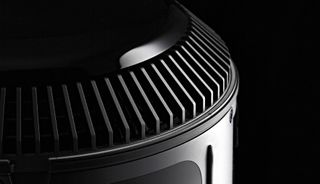
Apple is known for its delightful design features, and the new Mac Pro is no exception. Turn the Mac Pro to get at the expansion ports around the back (as far as a cylindrical casing can be said to have a 'back'), and they all light up. Even if the Mac Pro isn't currently powered up, the ports are lit so you can plug in or disconnect peripherals. Leave it still for a few seconds, and the light fades to off again. Neat.
Most of the Mac Pro's main expansion options are geared around external peripherals, so it has an excellent range of data ports. There are four high-speed USB 3.0 ports, and six – yes, six – Thunderbolt ports. These are based on the Thunderbolt 2 protocol, which combines the two 10Gbs channels offered by first-generation Thunderbolt into one 20Gbs bi-directional channel, making it ideal for streaming large amounts of data, such as 4K video. As up to six Thunderbolt peripherals can be daisy-chained to each port, the Mac Pro can support up to 36 Thunderbolt devices at once. You can, of course, use Mini DisplayPort monitors in a Thunderbolt port, and with adapters (sold separately), you can also connect your old FireWire peripherals.
There's also a HDMI port and two Gigabit Ethernet sockets, but don't expect an SD card reader. For wireless connectivity, there's 802.11ac Wi-Fi and Bluetooth 4.0.
Every system ships with dual GPUs. Off the shelf, these are Dual AMD FirePro D300 or D500 cards, but you can custom-configure them up to D700 GPUs with 6GB of GDDR5 VRAM on the Apple Online Store. Likewise, the processor (a Xeon E5) starts at a quad-core 3.7GHz, but it can be upgraded as high as a 12-core 2.7GHz chip. Memory is industry-standard, so can be user-upgraded. Up to 64GB can be installed.
The Mac Pro that we reviewed back in 2014 has a 3GHz, eight-core Xeon E5 coupled with a pair of AMD FirePro D700 GPUs, 64GB of RAM and 1TB of PCIe-based flash storage. The two Mac Pro models you can buy right now will set you back $2,999/£2,499/AU$3,999 and $3,999/£3,299/AUD $5,299, respectively from Apple. Still, our review unit was a custom build, thereby ramping the price up to $8,099/£6,579/AU$10,229).
Either way, you can find a Mac Pro from secondhand retailers for significantly cheaper. The lowest price we’ve seen is $1,999 in the US by a considerable margin. Granted, if you search hard enough, you’re bound to find something cheaper.
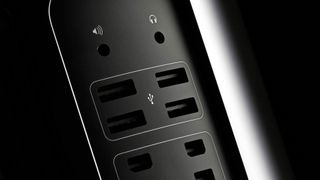
Gabe Carey has also contributed to this review
First reviewed January 2014
